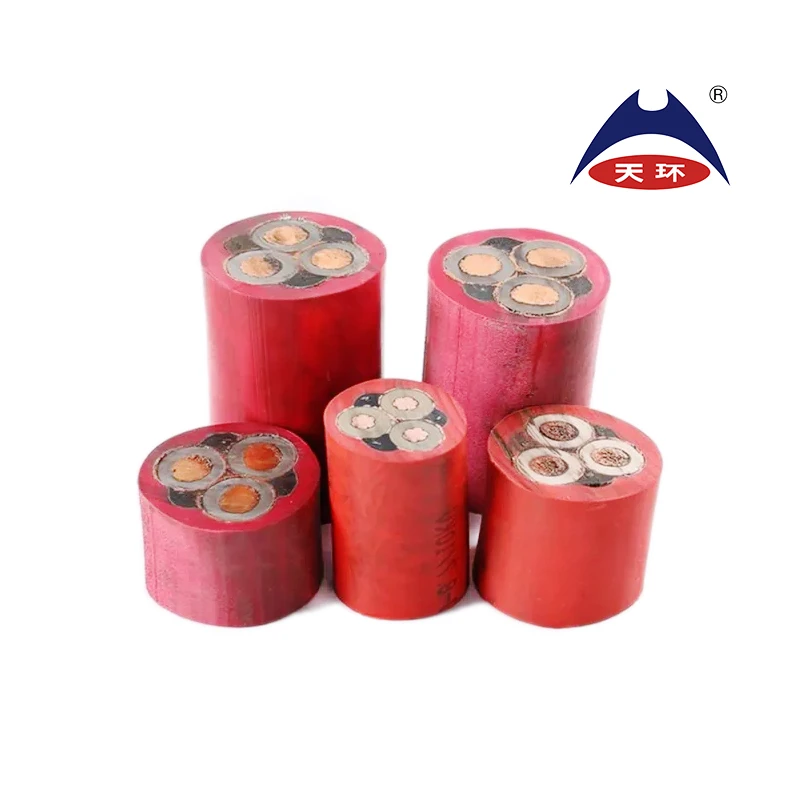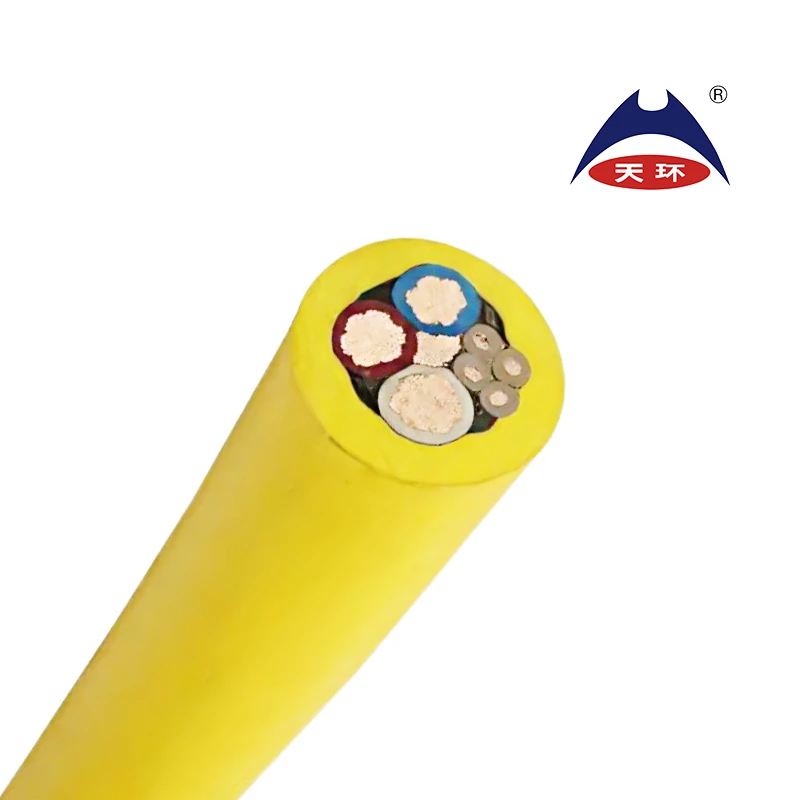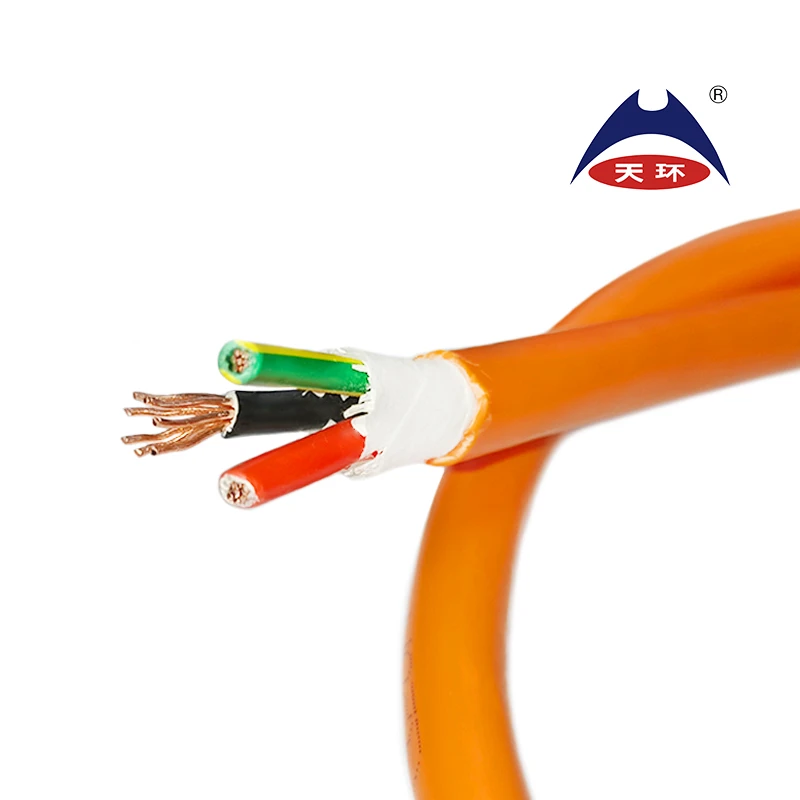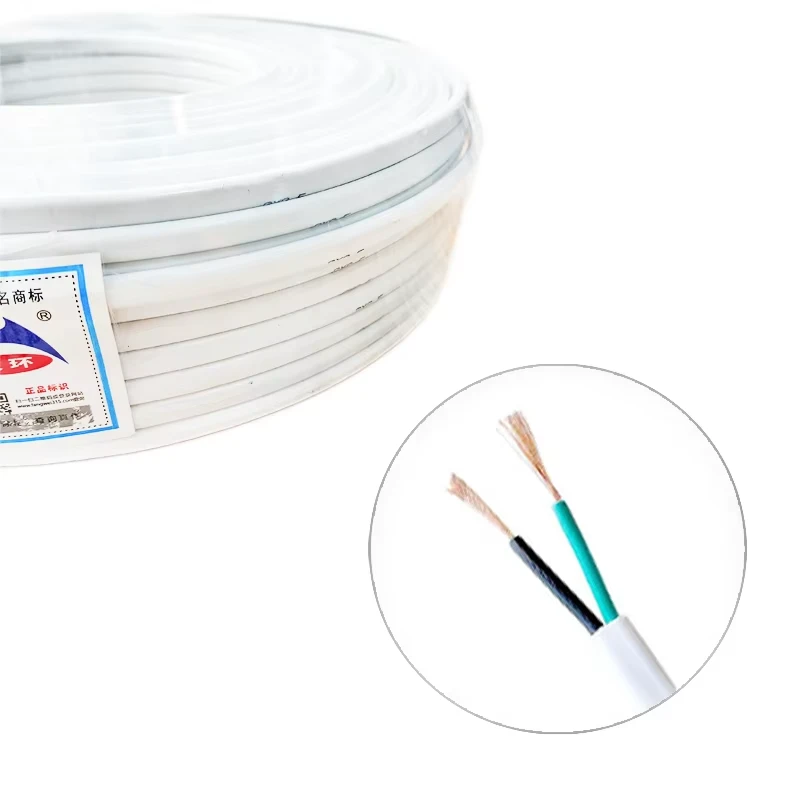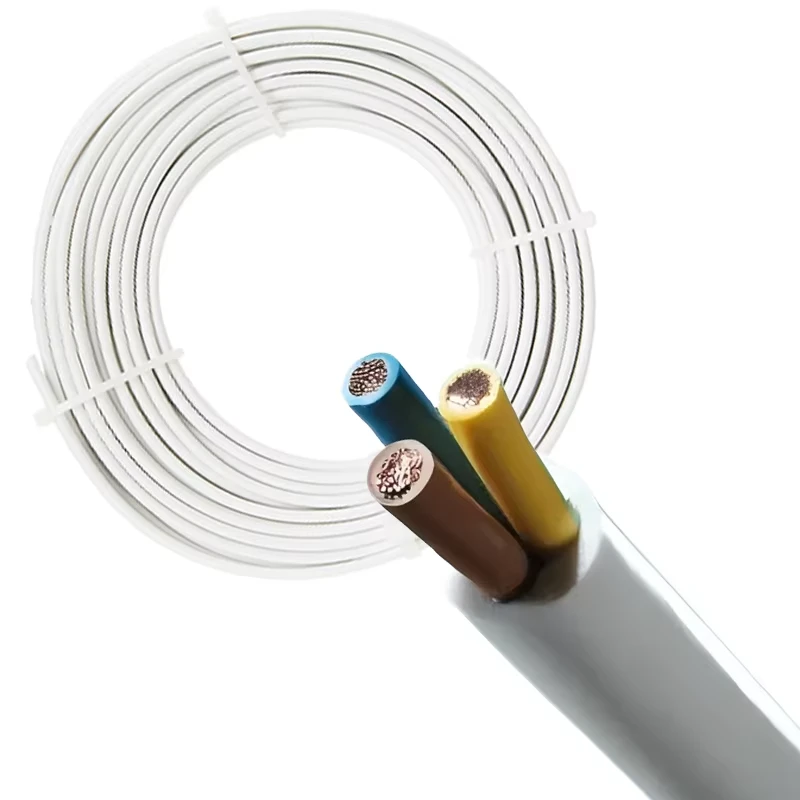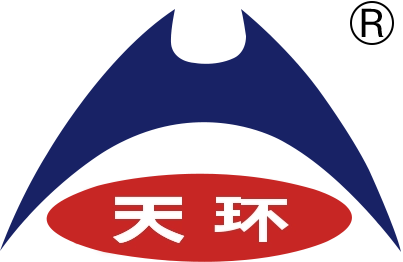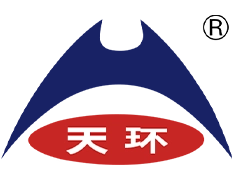
Twin Core Solar Cable: An Efficient Energy Transmission Link for Solar Applications
In the field of solar energy utilization, Twin Core Solar Cable, with its unique structural design and powerful functions, has become a key component that cannot be ignored in the transmission of solar power. It is like the "blood vessel" of the solar energy system, carrying the responsibility of safely and efficiently transmitting the converted electrical energy from solar energy, providing solid guarantees for the stable operation of various solar energy application scenarios.

The special structure of Twin Core Solar Cable endows it with outstanding performance
As the name suggests, a twin solar cable contains two conductors, typically made of high-purity oxygen free copper, which greatly reduces power transmission losses and ensures efficient power transmission. Two conductors are individually wrapped in a special formula of insulation layer, which not only has excellent high and low temperature resistance and can maintain stability in extreme environments ranging from -40 ℃ to 90 ℃, but also has excellent weather resistance and can effectively resist the erosion of environmental factors such as ultraviolet rays and ozone, preventing insulation aging. The outermost layer is made of high-strength and highly flame-retardant special sheath material, which has excellent mechanical protection performance and fire resistance, and can withstand external pressure, friction, and sharp object scratches, ensuring the safe operation of the cable in all aspects.
In practical applications, the advantages of Twin Core Solar Cable are fully demonstrated
The twin solar cable dual core design enables bidirectional power transmission, improving transmission efficiency while effectively balancing current, reducing line heating, and further enhancing system safety. The strong environmental adaptability enables it to work stably in various complex environments, whether it is high-temperature and dry desert power plants or humid and rainy coastal photovoltaic projects, it can reliably transmit electricity without performance degradation due to environmental changes. At the same time, cables have excellent electrical performance, low resistance characteristics, and good insulation, which not only reduces power loss but also effectively avoids leakage accidents, ensuring the safety of personnel and equipment. In addition, its longer service life can be matched with photovoltaic modules, significantly reducing maintenance costs and replacement frequency in the later stage.
The application range of Twin Core Solar Cable is very wide
In large-scale ground solar power plants, it plays an important role in connecting photovoltaic modules with combiner boxes, inverters, and other equipment, gathering dispersed electrical energy and efficiently transmitting it to the power grid; In distributed solar energy projects, such as residential and commercial rooftop solar systems, 2 core solar cable are responsible for stably delivering the electrical energy generated by photovoltaic modules to users' electrical equipment or integrating it into the grid, providing users with clean electricity. Moreover, Twin Core Solar Cable has evolved into various models to meet the special needs of different scenarios, such as special models with anti rodent and anti termite functions, to meet diverse usage requirements.
With the continuous innovation of solar energy technology, Twin Core Solar Cable is also constantly upgrading
The research and application of new materials have further improved the performance of cables, such as using new nano composite materials to enhance the performance and mechanical strength of insulation layers, making cables lighter and more durable. The integration of intelligent technology has brought new breakthroughs to Twin Core Solar Cables. Some cables are equipped with built-in sensors that can monitor key parameters such as temperature and current in real time, achieving fault warning functions and facilitating timely detection and handling of problems by operation and maintenance personnel. At the same time, in order to adapt to the higher power generation efficiency and greater transmission capacity requirements of solar energy systems, new high current carrying capacity and low loss Twin Core Solar Cables continue to emerge, driving the solar energy industry to new heights.
In summary, Twin Core Solar Cable has become an indispensable energy transmission link in solar energy applications due to its unique dual core structure, excellent performance, and wide applicability. It not only ensures the stability and efficiency of solar power transmission, but also injects strong impetus into the development of the solar energy industry. Under the global trend of vigorously developing clean energy, with the continuous advancement of technology, Twin Core Solar Cable will undoubtedly help solar energy play a more important role in the energy field with more advanced technology and more reliable performance.
Twin Core Solar Cable FAQs
What is the main purpose of a Twin Core Solar Cable?
Specially designed for photovoltaic systems, used to connect solar panels and inverters while transmitting direct current (DC) electrical energy. Dual core structure (integrated positive and negative electrodes) simplifies wiring and is suitable for series or parallel connection of outdoor photovoltaic arrays.
What is the difference between Twin Core Solar Cable and regular cable?
It has the characteristics of high temperature resistance (usually -40 ℃~90 ℃), UV resistance, corrosion resistance, etc. The insulation layer is made of materials such as cross-linked polyethylene (XLPE) to ensure stable performance even in harsh environments for a long time, which ordinary cables cannot meet.
How to choose the specifications for Twin Core Solar Cable?
Select the cross-sectional area (such as 4mm ², 6mm ²) based on the system current (such as 10A, 20A) and voltage (commonly 600V/1kV), and match the maximum power loss requirements of the photovoltaic system. Suggest referring to IEC 62930 or TUV certification standards.
What issues should be noted when installing a Twin Core Solar Cable?
Avoid excessive bending (minimum bending radius ≥ 5 times cable diameter), use specialized photovoltaic cable clamps to prevent wear and stay away from sharp edges when fixing. Waterproof treatment is required at the joint, and MC4 connector is recommended to ensure confidentiality.
How long is the service life of a Twin Core Solar Cable?
High quality products can last for more than 25 years under normal conditions, but regular inspections for aging, cracking, or animal bite marks are necessary, especially in high temperature and high humidity areas where the inspection cycle needs to be shortened.
-
Photovoltaic Cable: The 'Energy Link' in Photovoltaic SystemsNotíciasAug.28,2025
-
Control Cable: The 'Neural Network' of Industrial AutomationNotíciasAug.28,2025
-
Building Wire: The Lifeline for Building Safe Electrical SystemsNotíciasAug.28,2025
-
Building Cable: Building a Strong Defense Line for Power TransmissionNotíciasAug.28,2025
-
Access Control Composite Cable: The 'Invisible Guardian' of Security ProtectionNotíciasAug.28,2025
-
Control Cable that Reliable Signal Transmission for Industrial AutomationNotíciasAug.23,2025
-
Innovations in Overhead Power Cables that Enhancing Grid Resilience with Advanced Aerial ConstructionNotíciasAug.23,2025





